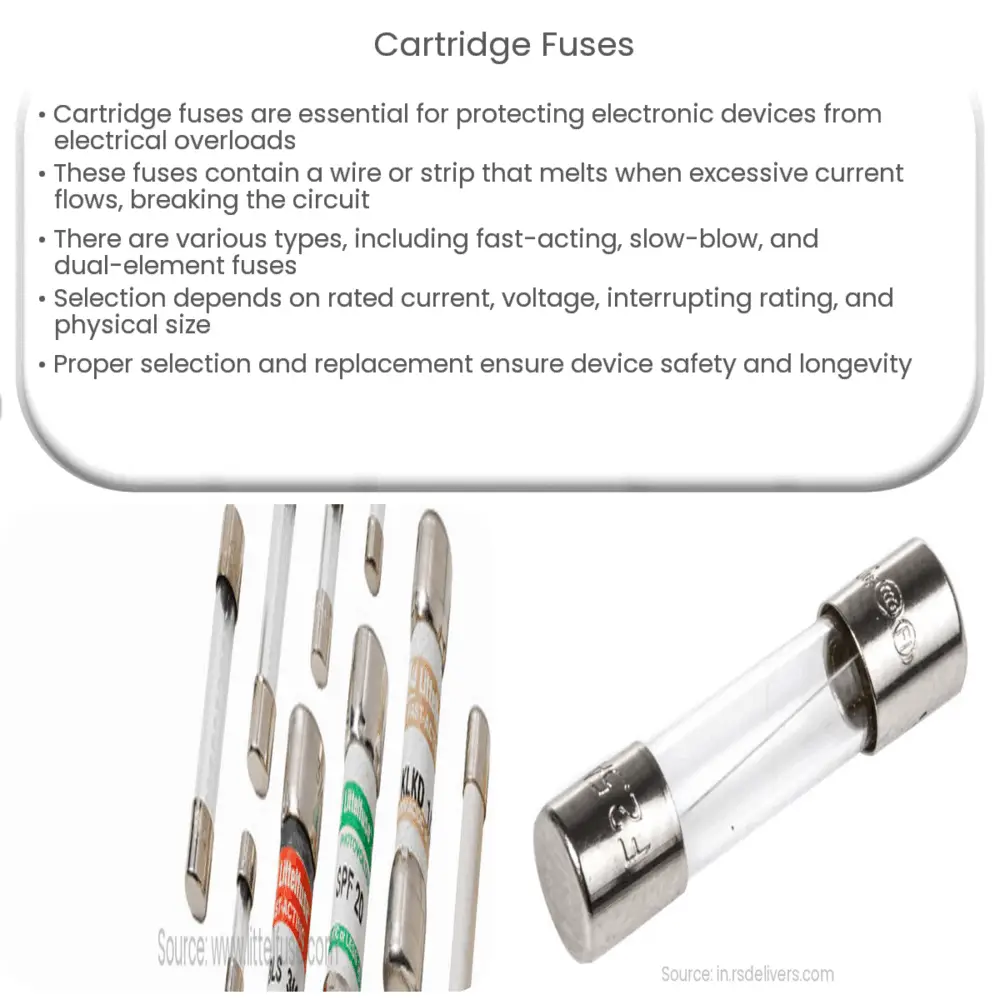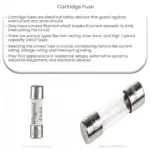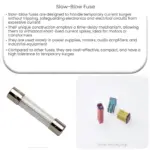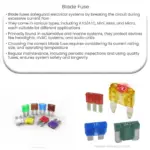Explore the world of cartridge fuses, understanding their types, operation, applications, and their pivotal role in ensuring electrical safety.

Introduction to Cartridge Fuses
As the world becomes more and more reliant on electronic devices, understanding their underlying components, such as cartridge fuses, has never been more essential. Cartridge fuses, also referred to as cylindrical fuses, play a significant role in protecting our devices and systems from electrical overloads and short circuits.
What is a Cartridge Fuse?
A cartridge fuse is a type of electrical safety device designed to protect an electrical circuit from damage caused by excessive current. This overload could result from a short circuit or overload. The fuse contains a thin wire or strip that melts when too much current flows through it, thus interrupting the circuit and preventing damage.
Types of Cartridge Fuses
Characteristics of Cartridge Fuses
Cartridge fuses come in various sizes and specifications. The factors to consider when selecting a cartridge fuse include the rated current, voltage rating, interrupting rating, and the physical size of the fuse. Understanding these parameters is crucial to ensure that the fuse can adequately protect the circuit without prematurely blowing during normal operation.
In the next section, we will dive deeper into the specifics of how cartridge fuses work, their applications, and their critical role in electrical safety. We’ll also discuss how to correctly select and replace cartridge fuses, contributing to the longevity and performance of your electrical devices and systems.
How Cartridge Fuses Work
Cartridge fuses operate on a simple principle: they feature a fuse wire or element designed to melt and interrupt the electrical circuit if the current exceeds a specific value, referred to as the fuse’s current rating. Once the element melts, it creates an open circuit that prevents the flow of electricity, thus protecting the equipment or device from damage due to overcurrent or short circuit.
Applications of Cartridge Fuses
Cartridge fuses find applications in a wide array of electrical and electronic devices. They are widely used in power supply units, home appliances, industrial machinery, automotive systems, and telecommunication devices. By providing reliable protection against overcurrent, they help maintain the integrity of the electrical systems and prolong the lifespan of the devices they are installed in.
Selecting and Replacing Cartridge Fuses
Choosing the right cartridge fuse involves understanding the needs of the device or circuit it’s protecting. It’s crucial to consider the rated current, voltage rating, interrupting rating, and physical size of the fuse. When replacing a blown fuse, always ensure to replace it with another fuse of the same type and specifications to maintain the same level of protection.
Cartridge Fuses and Electrical Safety
Cartridge fuses play a critical role in ensuring electrical safety. By protecting circuits and devices from overcurrent, they prevent potential damage and the possibility of electrical fires. However, it’s vital to remember that while fuses are essential safety devices, safe practices when working with electricity should always be observed.
Conclusion
In conclusion, cartridge fuses are vital components that safeguard our electronic devices and systems from electrical overloads and short circuits. Understanding their functioning, applications, and how to select and replace them correctly is critical for anyone dealing with electrical and electronic devices. While the world of cartridge fuses might seem intricate, having a basic knowledge of these indispensable devices can significantly contribute to better device maintenance and improved electrical safety.




